CHINA – 22 October 2019 – Ownership structure plays a critical role in the incentives and behavior of business organizations. The effects of firm ownership dispersion across managers and investors has been examined in past studies. Yet Prof. Joseph P. H. Fan, Professor of School of Accountancy and Department of Finance at The Chinese University of Hong Kong (CUHK) Business School has extended the literature by examining the roles of ownership structure within a controlling family.
His research “The impact of ownership transferability on family firm governance and performance: The case of family trusts” examined specifically on the family trust structure, which is commonly used among Fortune 500 family firms.
Companies controlled by family trusts or similar structures include The New York Times, department store chain Wal-Mart and global furniture retailer Ikea.
“Family trusts are typically established for inheritance tax avoidance, asset protection against undesirable events such as divorce, bankruptcy, taxation and hostile takeovers,” says Prof. Fan. “The trust structure often locks controlling ownership within a family for a very long period.”
In collaboration with Dr. Winnie S. C. Leung from the University of Hong Kong, the study focused on 216 distinct family firms listed on the Hong Kong Stock Exchange, including 72 firms using family trusts and 144 firms using direct ownership.
The data was collected over the period from 1990 to 2008, which included the 2006 abolition of inheritance tax in Hong Kong, which ended the tax advantage of family trusts. 84 of the firms were in manufacturing, 52 in finance, insurance and real estate and 44 in wholesale and retail.
The Cost of Family Disputes
Different from prior studies, which almost unanimously focus on conflicts between corporate insiders and outsiders, his study looked at the impacts of intra-family ownership structures and conflicts between family members on firm behaviors and performance.
For example, he found that the sibling structure of a family, in particular the age gap between the first and last sons of the founder, could be a source of conflicts.
“When the age gap is large, sons or daughters arguably have more diverse interests and very different ideologies for managing family issues. A large age distance also indicates high conflict potential,” he says.
Prof. Fan says that founders of firms are not always able to correctly predict the consequences of adopting a family trust structure. In particular, they may underestimate the cost of keeping family harmony, or counteracting family disputes when a trust ties descendants up in the family business.
“The share transfer restriction may induce family members to shirk, making family conflicts difficult to resolve and distort company decisions,” he says.
Prof. Fan cites a well-known case of Sun Hung Kai Properties, a leading property developer and the second largest business conglomerate in Hong Kong.
Its founder, Kwok Tak-seng, transferred controlling interest of the company into a family trust as part of his succession plan before he died in 1990. The trust was set up in Jersey with a 100-year rule and with his wife and three sons as the beneficiaries. The trust appointed the three sons to co-manage the family business. Unfortunately, the brothers were not able to stay in harmony after Kwok died.
The Lo family, the founding family of prominent property developer Great Eagle Group in Hong Kong, is another victim of family fighting in which family trust ownership is at the center of the dispute.
“There was hardly an exit from the family ownership structure because the family stakes were locked up in the trust.”
“The trust actually prolonged the family infighting, and the corporate value of the business eroded substantially in the process,” says Prof. Fan.
He further explains that the ability to transfer ownership is an important mechanism for resolving disputes between family members.
“When family members directly hold ownership, their income or dividend and voting rights are clearly delineated. If a family member decides to exit the family business, he or she can simply sell his or her shares either back to the family or to outsiders.”
In other words, the selling family members can walk away with a fortune, while the active buying family members can have a more robust incentive and control over the firm.
“In contrast, the use of a family trust suppresses the transfer rights of the family ownership and blocks this buyout channel,” he says.
The trust deed typically specifies a long or even indefinite period before the trust can be dissolved and ownership can be transferred.
The Negative Consequences of Using a Trust
The use of a trust induces the common pool problem. Through marriages and having children, the controlling family increases in size and complexity over time. More and more family members are added as trust beneficiaries.
However, in an acute environment where competition is high, trust beneficiaries are inclined to exploit resources from the family business for their own benefit and sustain less for future corporate development.
“Our study shows that when family conflict potential increases, firms that adopt a family trust tend to have higher dividend payouts, lower capital expenditures and a worse performance.”
Moreover, for firms using a family trust, family managers may find it hard to consolidate control to make timely critical decisions.
“The results support our hypothesis that a founder’s choice of trust that underestimates the family conflict potential distorts family managers’ behavior when making company decisions.”
As the family’s size grows over time, the average cash flow rights of a given family beneficiary shrink. This further tempts family beneficiaries to focus on the near term.
“When a family trust provides no exit for resolving conflicts, consolidation of control is difficult. Unhappy families with entrusted ownership can impede corporate development and destroy firm value,” Prof. Fan says.
Implications
“Our study not only adds to the existing academic literature, but also informs business owners and practitioners contemplating the ownership structures of the firms they serve,” says Prof. Fan, adding that the findings shed light on the direction of future research.
“Owing to a lack of information, we were unable to examine the role of family governance in mitigating family conflict potential, and look at original trust deeds when they include conflict prevention clauses. Both these important issues merit further research,” he says.

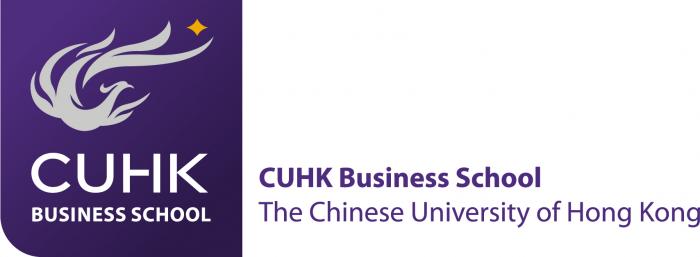

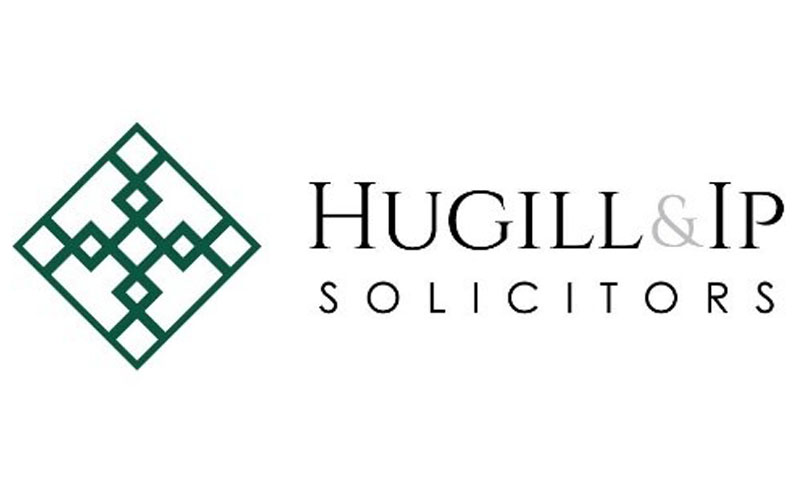

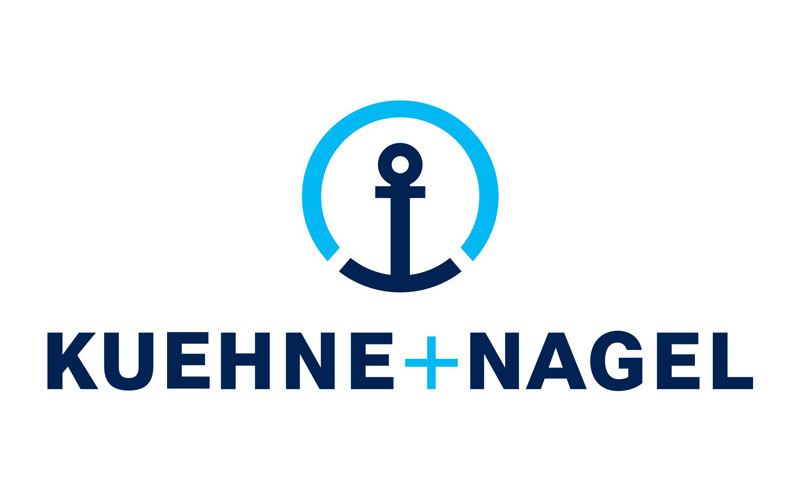



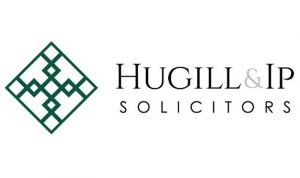

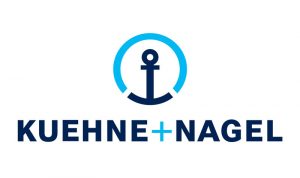


Comment